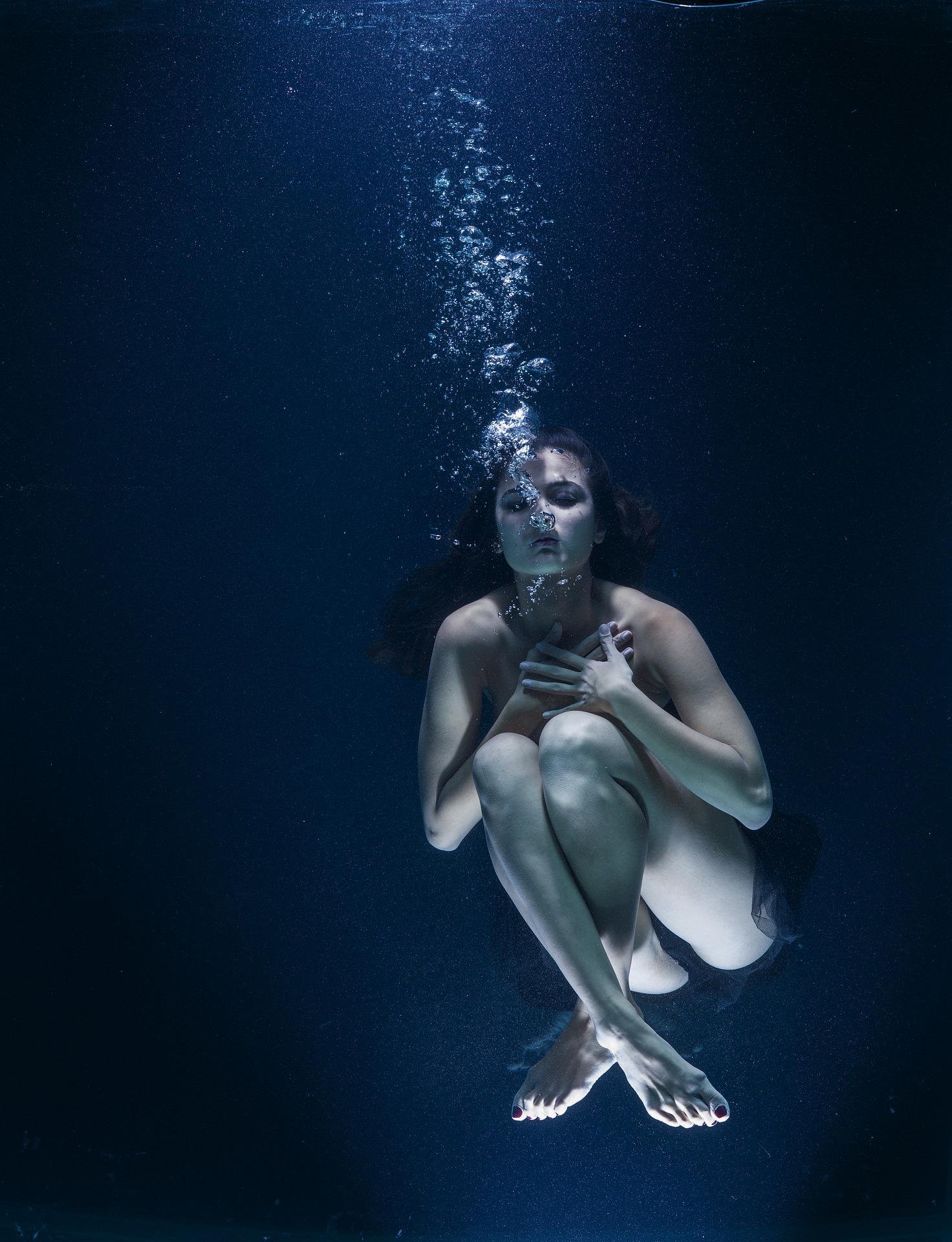Cinema’s use of Queer Themes Horror
The Existential Threat to Humankind
Dr. Cathy Barrett
John Somerton’s video essay, “Society and Queer Horror” is a brilliant analysis about the horrors of society and their effect on the queer population. Additionally, Benshoff & Jancovich, et al’s “Monsters in the Closet,” explores how the demonization of queerness has led to some of the most powerful and influential horror films.
One of its kind, “Monsters in the Closet” approaches the topic from popular culture’s belief that homosexuality is an existential threat to humankind; something that goes against the natural order.
A threat to our existence is the root of the horror film.
Covert queer themes have been used to facilitate horror and in the next few paragraphs I will give a brief overview of this idea.
The threat of change and the concept of “other,” both contribute to something we do not understand.
Humans are primal creatures, despite the belief that empathy and diplomacy are innate traits. At the core, each person is fighting between survival and wanting to be loved. The detriment of non-conformity is the ultimate psychic and physical annihilation.
The queer community has been viewed as antisocial, amoral, and a threat to human lineage.
If the goal of human connection and sexual intimacy is for the purpose of procreation, how might the queer community demolish this? “What else do we exist for?...This is the seed of horror...Homosexuality can theoretically end all procreation and put an end to mankind, although this concept has been disproven time and time again.” (Benshoff & Jancovich, 1997, Somerton, 2020).
Over the course of four and a half decades, films such as Dracula, Carrie, Nightmare on Elm Street, Fright Night, Alien, Hellraiser, The Craft, It Follows, Scream, Jennifer’s Body and many more have demonstrated the consequences of non-conformity, social exclusion, androgyny, and transgender identities resulting in the search for chosen families and revenge fantasies.
Personally, as a queer, cis woman, most LGBTQ individuals live their lives in an emotional revenge fantasy, wondering when the world will finally suffer from the defamation, ridicule, and torment of the lives of many who have either remained closeted, silenced, or killed.
In the movie, “Carrie,” Carrie White is the embodiment of this revenge fantasy.
She is an icon to the queer community.
The ridicule, torment, and shame around the development of her sexuality both socially and physically results in an overwhelming power to destroy those who have closeted her.
“I’m tired of trying to be normal. You say I’m crazy...I’ll show you crazy.”
This follows a plead to her mother who has locked her in a literal closet and told that her life will suffer if she continues down the sinful path, (Somerton, 2020).
In films such as The Craft and Scream, the directors flirt with homosexual undertones.
Sexuality in all 80’s slashers as something to repress and be ashamed of, especially if it goes against societal norms.
The Witch coven in The Craft is a metaphor for the evil outsider; the all-powerful woman who in the dark ages was accused of being a witch due to her nonconformity, feminism, and autonomy. Somerton (1997) goes on to discuss how power of this kind must equate with evil.
All the witches end up back in the closet or hospitalized by the end of the film.
James R. Keller, author of “Queer (Un)Friendly Film and Television” (2002) states that “Gay and Lesbian readers have been quick to identify with the representation of the vampire, suggesting its experiences parallel those of the sexual outsider.”
Clive Barker who is also a queer Hollywood writer and director flirted with this concept in his film, “Hellraiser” which touched on themes of BDSM, kink, and Hedonism from a non-pathologizing perspective. As Somerton notes in his documentary, the Cenobites were “noble monsters,” and the true monster was the heterosexually identified character of “Frank.” Hellraiser was progressive in the sense that it was one of the first films which identified the “sexually amoral” monsters as antiheroes and demonized the unassuming heterosexual, white male.




